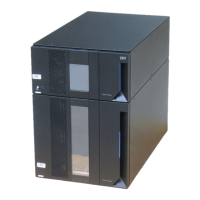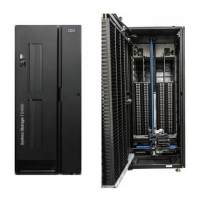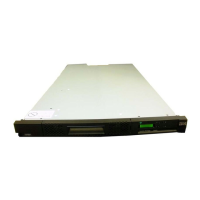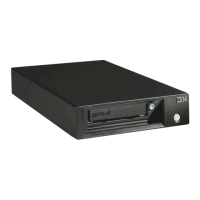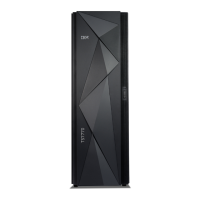v 2001:db8::1234:5678:5.6.7.8(implies that the middle two IPv6
segments are zero)
Subnet masks (IPv4) and prefix lengths (IPv6)
All IP addresses are divided into portions. One part identifies the network (the
network number) and the other part identifies the specific machine or host within
the network (the host number). Subnet masks (IPv4) and prefixes (IPv6) identify
the range of IP addresses that make up a subnet, or group of IP addresses on the
same network. For example, a subnet can be used to identify all the machines in a
building, department, geographic location, or on the same local area network
(LAN).
Dividing an organization's network into subnets allows it to be connected to the
Internet with a single shared network address. Subnet masks and prefixes are used
when a host is attempting to communicate with another system. If the system is on
the same network or subnet, it will attempt to find that address on the local link. If
the system is on a different network, the packet is sent to a gateway which will
then route the packet to the correct IP address. This is called Classless-InterDomain
Routing (CIDR).
In IPv4, the subnet mask 255.255.255.0 is 24 bits and consists of four 8-bit octets.
The address: 10.10.10.0 subnet mask 255.255.255.0 means that the subnet is a
range of IP addresses from 10.10.10.0 - 10.10.10.255.
The prefix-length in IPv6 is the equivalent of the subnet mask in IPv4. However,
rather than being expressed in 4 octets like it is in IPv4, it is expressed as an
integer between 1-128. For example: 2001:db8:abcd:0012::0/64 specifies a subnet
with a range of IP addresses from: 2001:db8:abcd:0012:0000:0000:0000:0000 -
2001:db8:abcd:0012:ffff:ffff:ffff:ffff. The portion in bold is called the
network portion of the IP address, or the prefix. The non-bold portion is called the
host portion of the IP address, since it identifies an individual host on the network.
78 IBM System Storage TS3500 Tape Library with ALMS: Introduction and Planning Guide
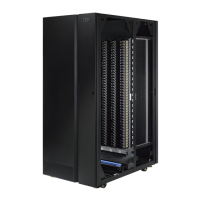
